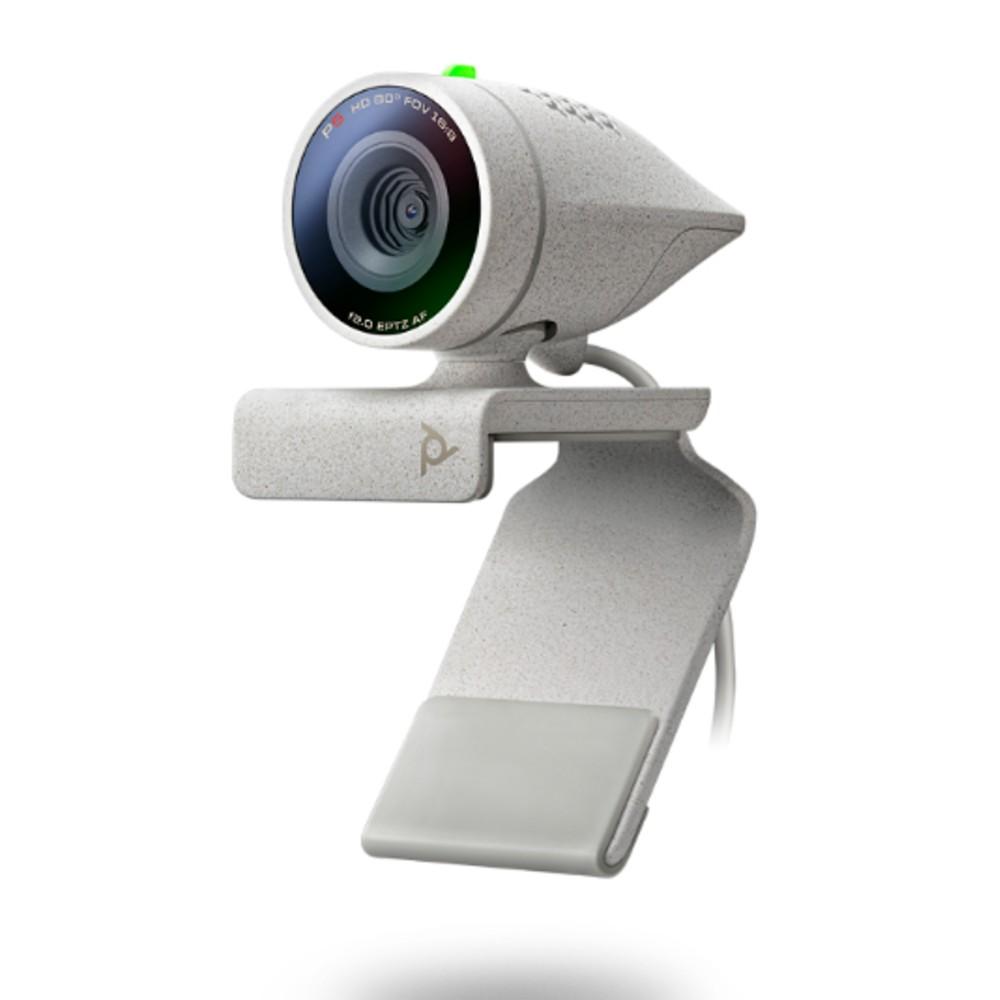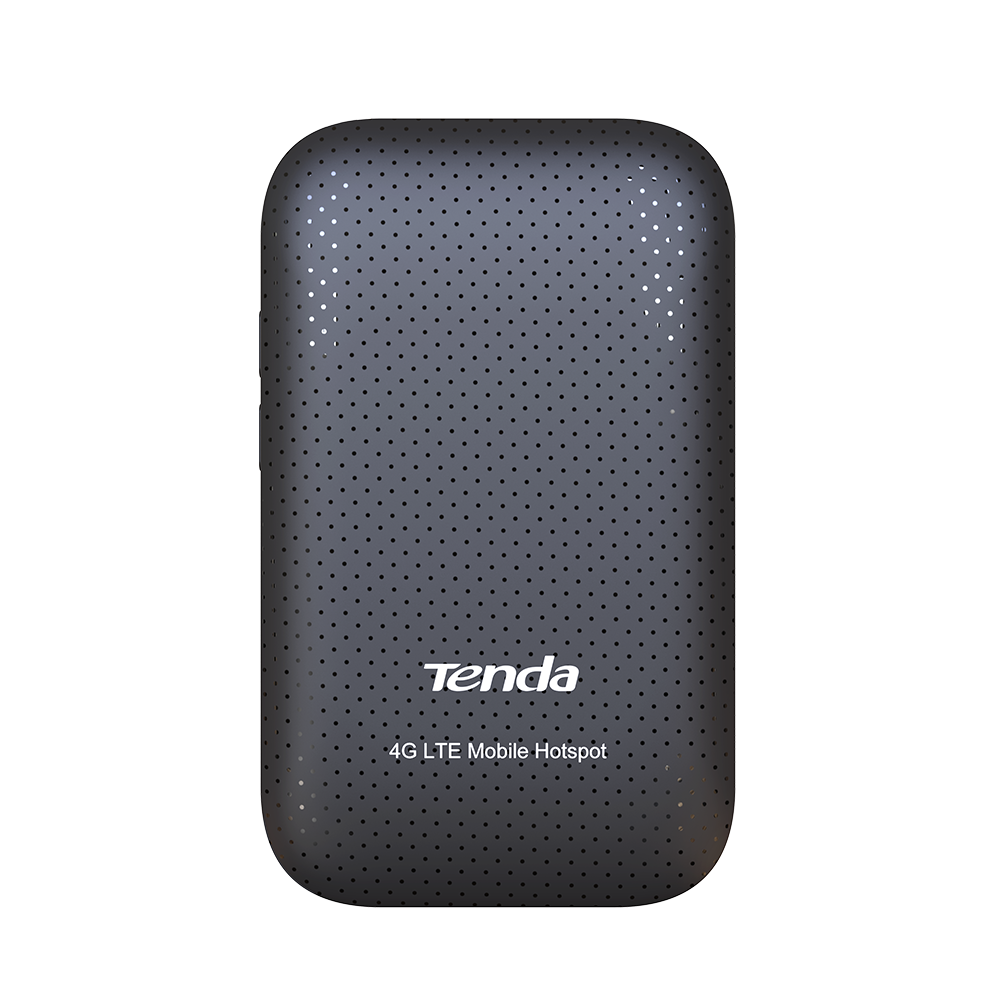MOXA NPort 5150 1-Port Device Server, 10/100M Ethernet, RS-232/422/485 DB9 Male
NPort 5150 device servers are designed to make serial devices network-ready in an instant. The small size of the servers makes them ideal for connecting devices such as card readers and payment terminals to an IP-based Ethernet LAN. Use the NPort 5100 device servers to give your PC software direct access to serial devices from anywhere on the network.
₹12,999.00 ₹24,999.00 Inc. GST
Most Cost-effective Serial-to-Ethernet Solution
Using serial device servers to connect legacy serial devices to Ethernet is now commonplace, and users expect device servers to be cost-effective and to provide a broad selection of useful functions. With its full support of Microsoft and Linux operating systems and solid 5-year warranty, the NPort® 5100 Series provides the best choice for serial-to-Ethernet converters.
Adjustable Termination and Pull High/Low Resistors
In some critical environments, termination resistors may be needed to prevent the reflection of serial signals. When using termination resistors, it is also important to set the pull high/low resistors correctly so that the electrical signal is not corrupted. Since no set of resistor values is universally compatible with all environments, the NPort® 5100 device servers come with jumpers for adjusting termination and pull high/low resistor values for each serial port.
Standard TCP/IP Interface and Broad Choice of Operation Modes
The NPort® 5100 device servers can be configured for TCP Server, TCP Client, UDP Server/Client, Pair Connection, or Ethernet Modem mode, ensuring compatibility with software based on a standard network API (e.g., Winsock or BSD Sockets).
Real COM/TTY Drivers for Existing Software
The Real COM/TTY drivers provided with the NPort® 5100 device servers allow you to continue using software designed for communicating through COM/TTY ports. Installation and configuration are painless, and allows your serial devices and PC to communicate seamlessly over a TCP/IP network. Using Moxa’s Real COM/TTY drivers is an excellent way to preserve your software investment while still allowing you to enjoy the benefits of networking your serial devices.
Easy to Troubleshoot
NPort® 5100 device servers support SNMP, which can be used to monitor all units over Ethernet. Each unit can be configured to send trap messages automatically to the SNMP manager when user-defined errors are encountered. For users who do not use SNMP manager, an email alert can be sent instead. Users can define the trigger for the alerts using Moxa’s Windows utility, or the web console. For example, alerts can be triggered by a warm start, a cold start, or a change in password.















